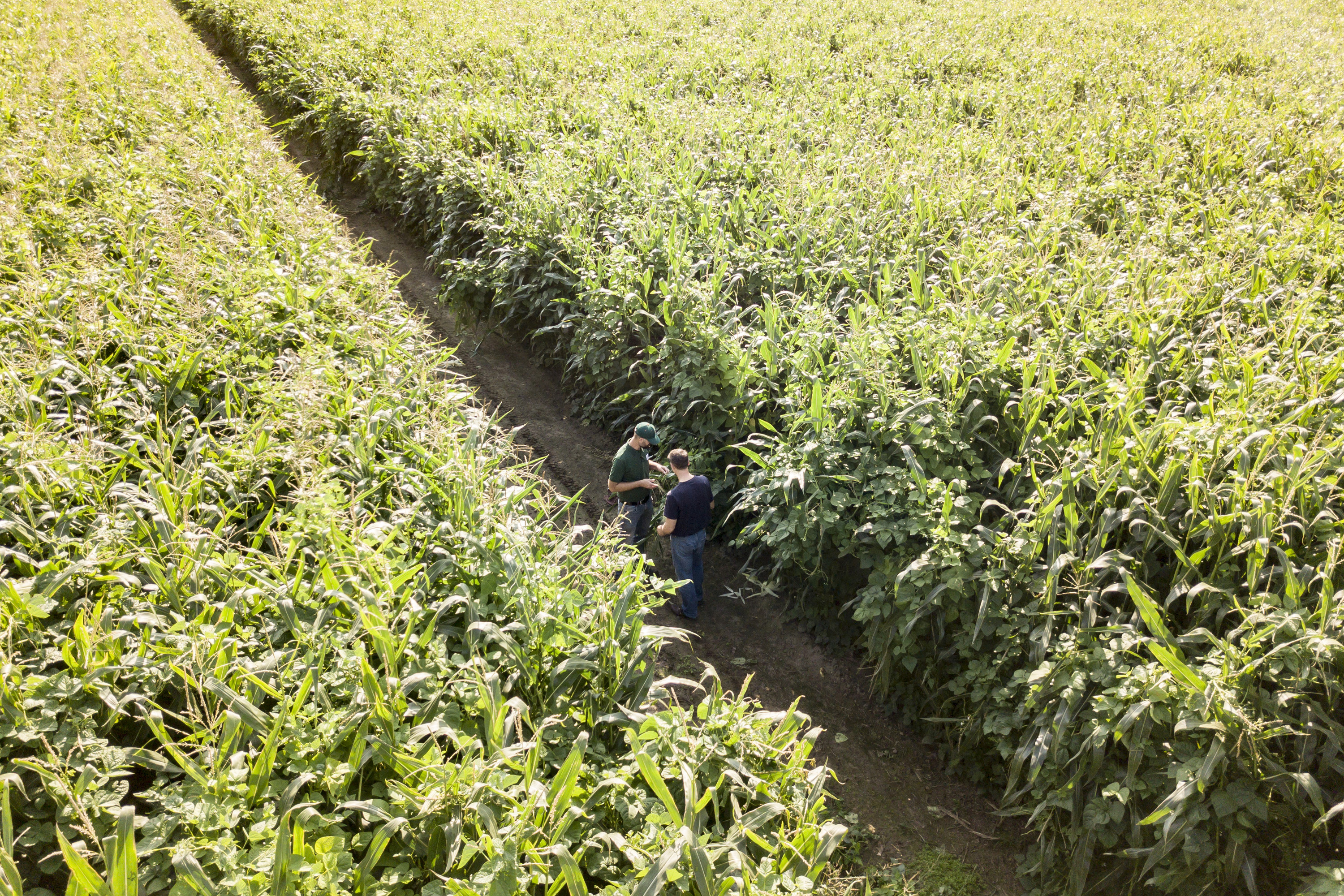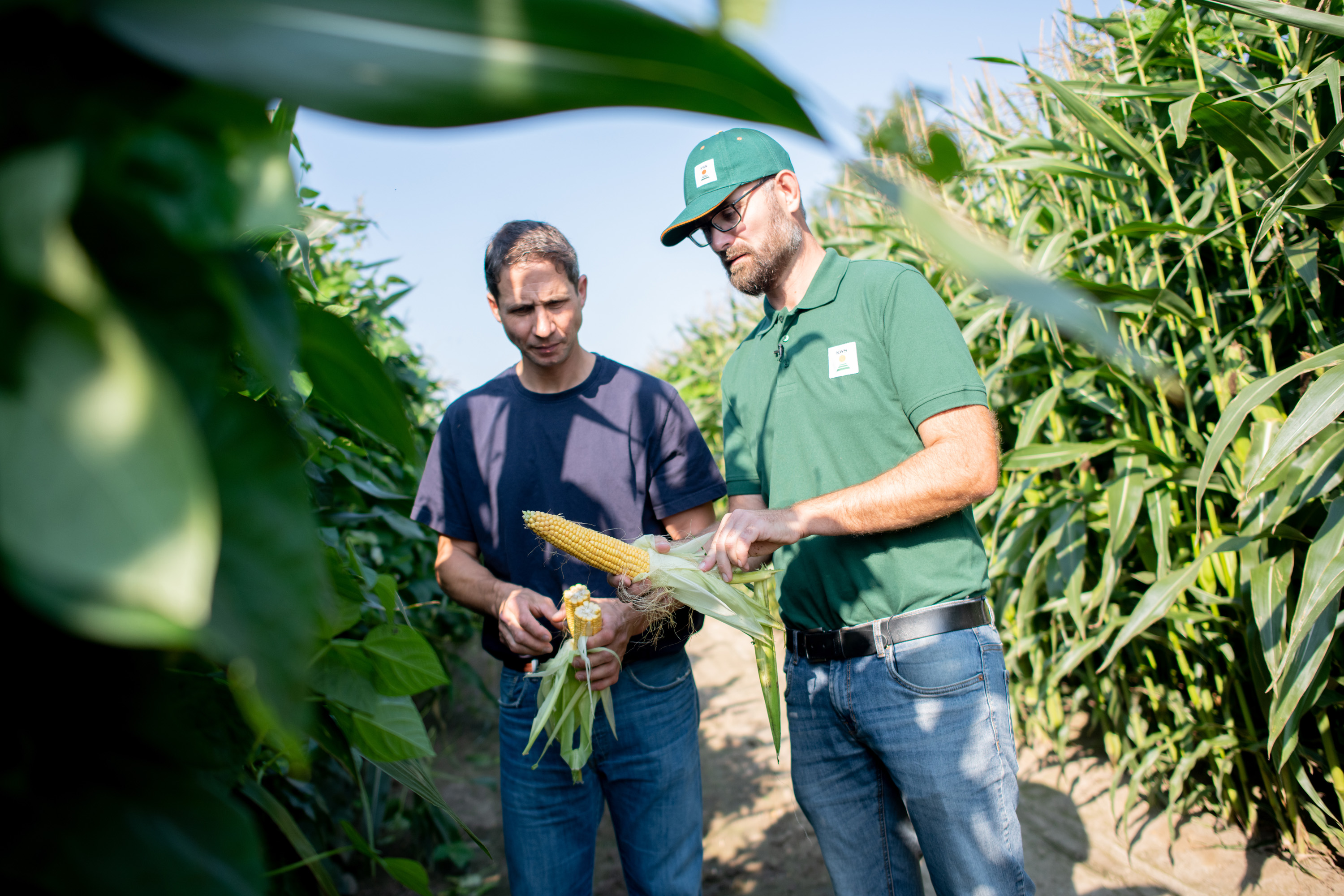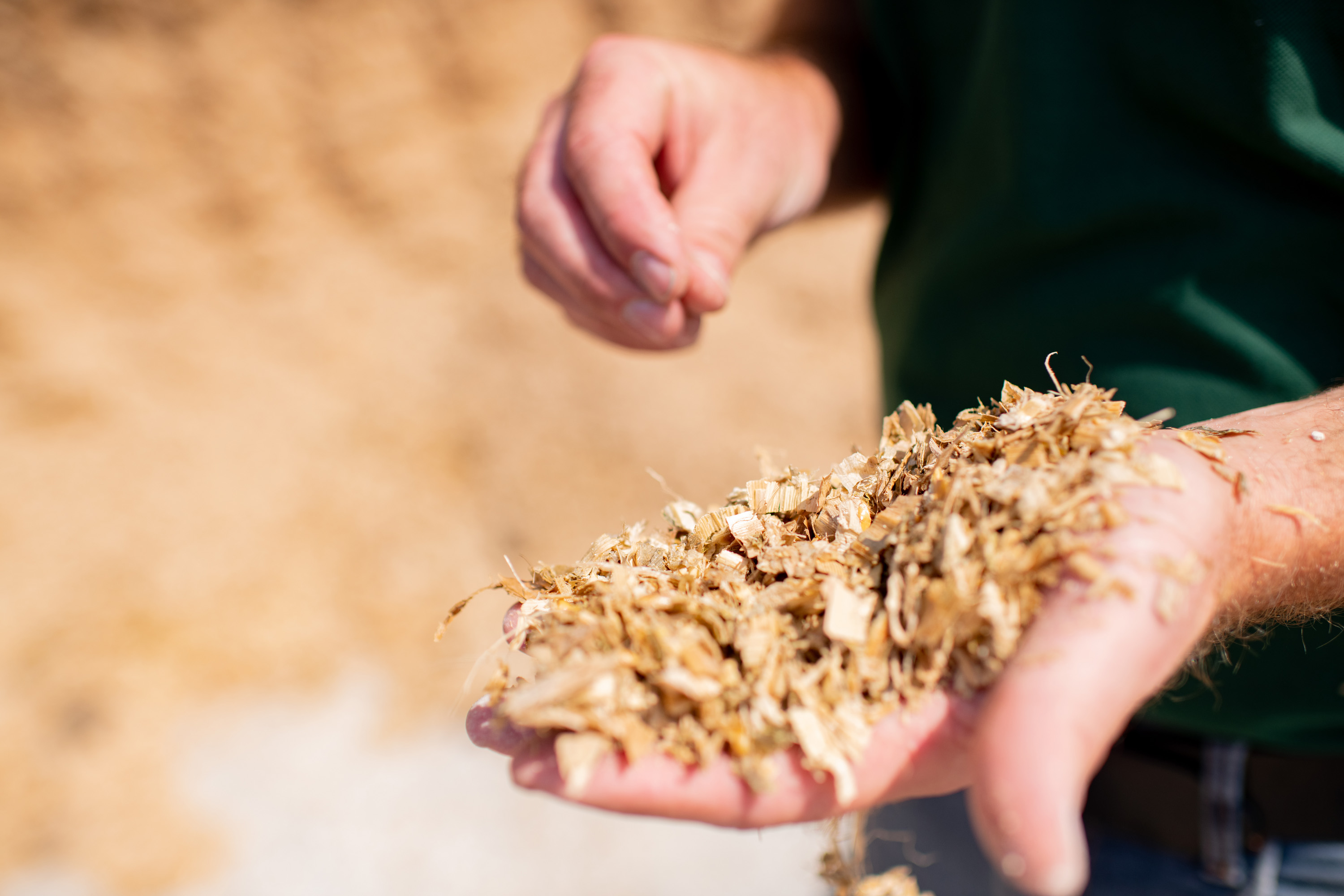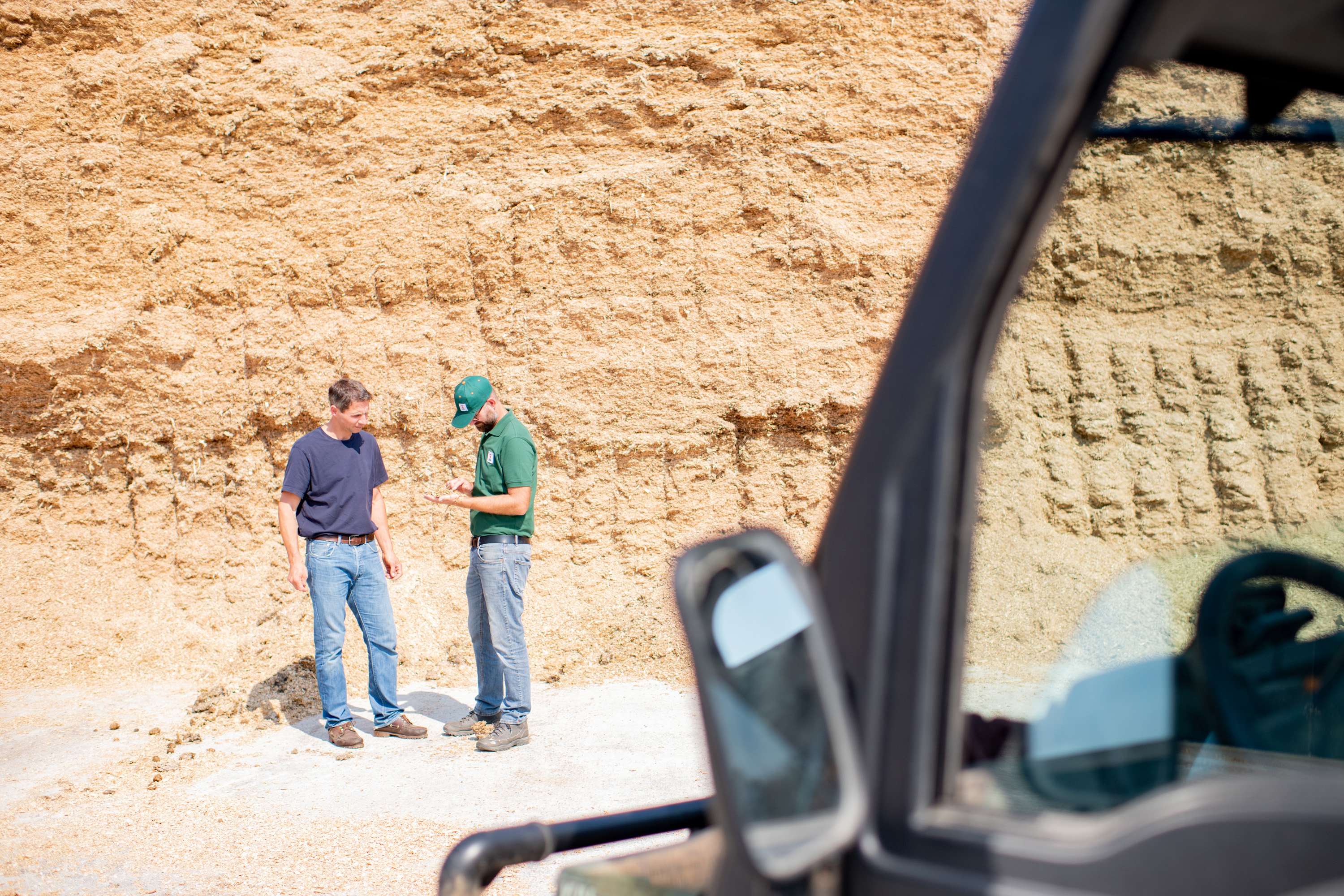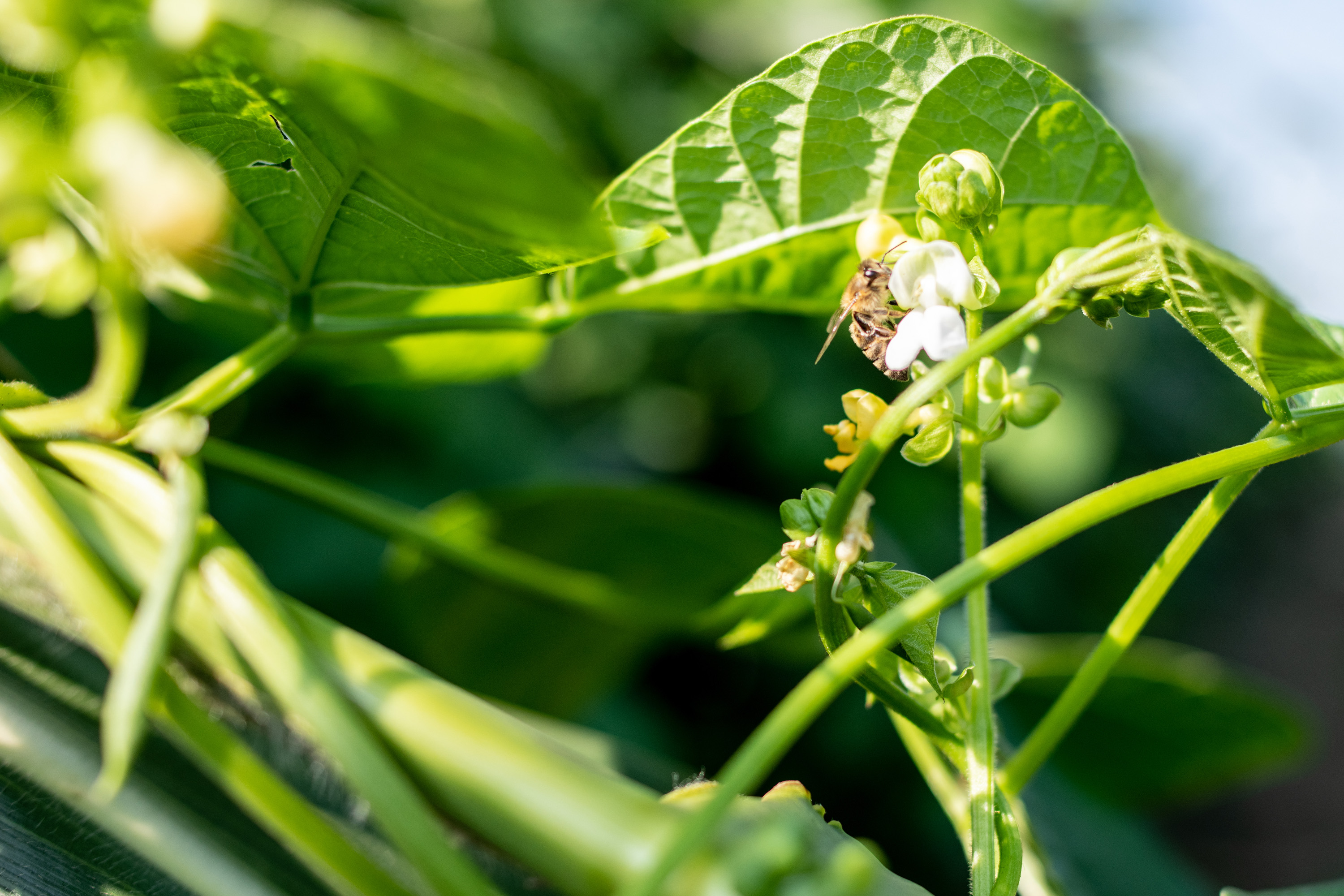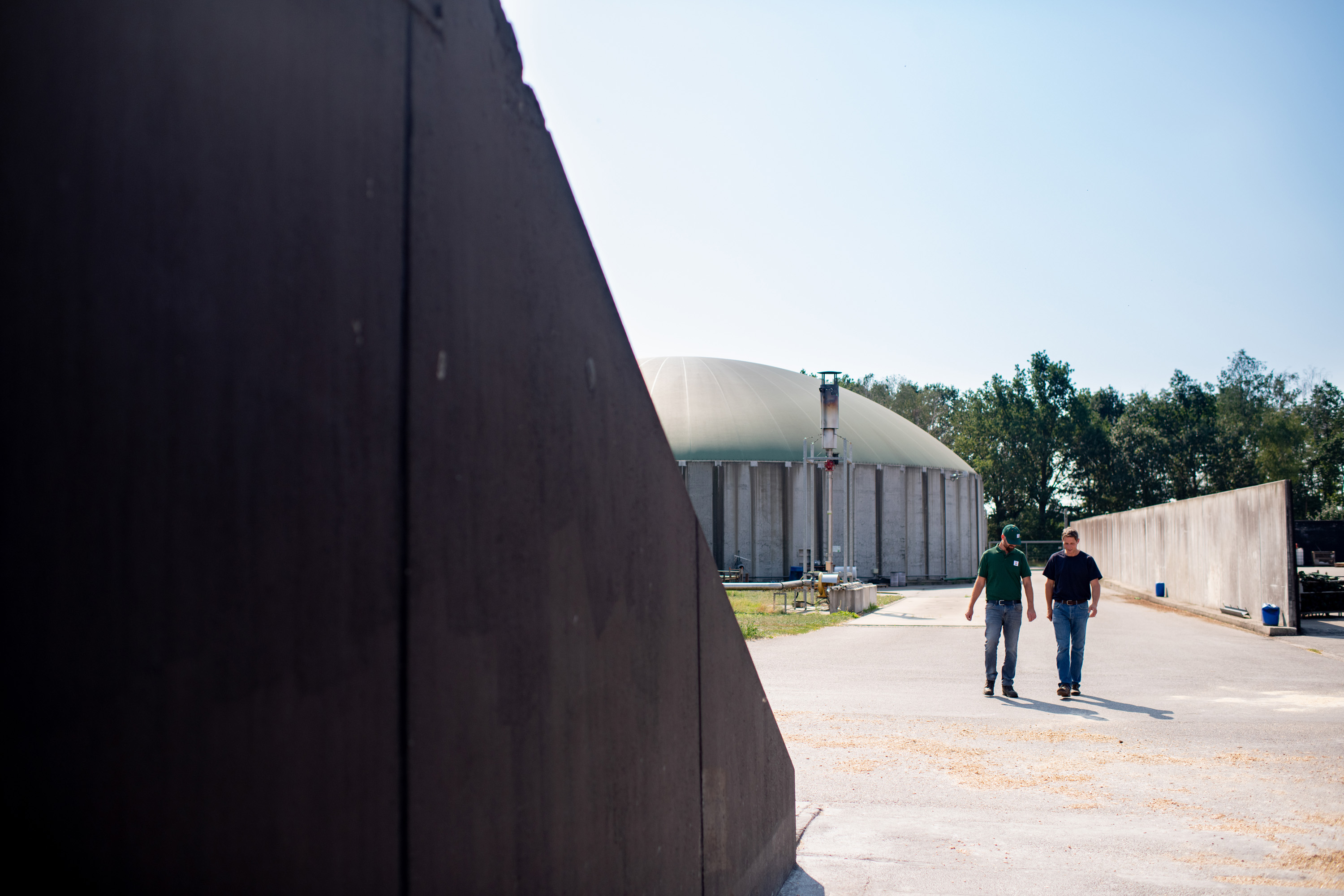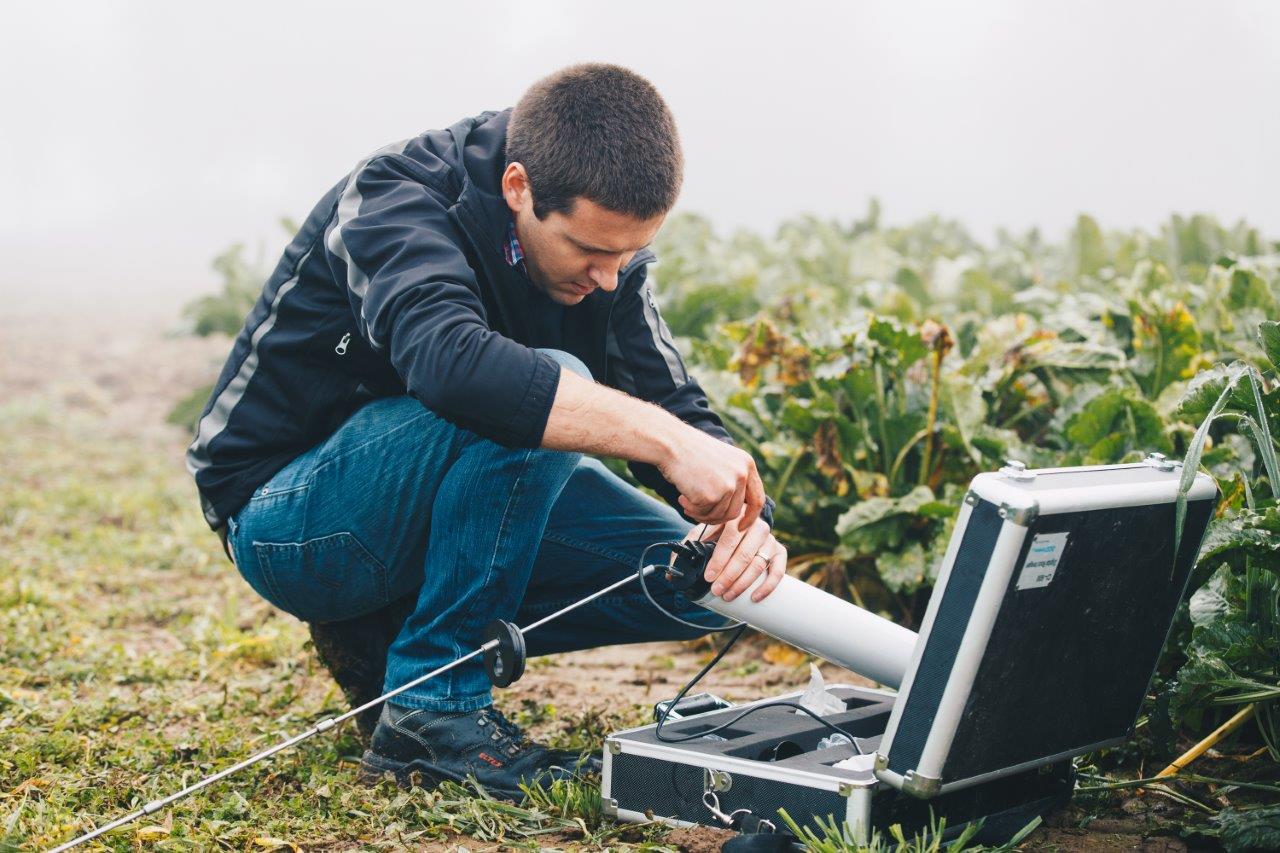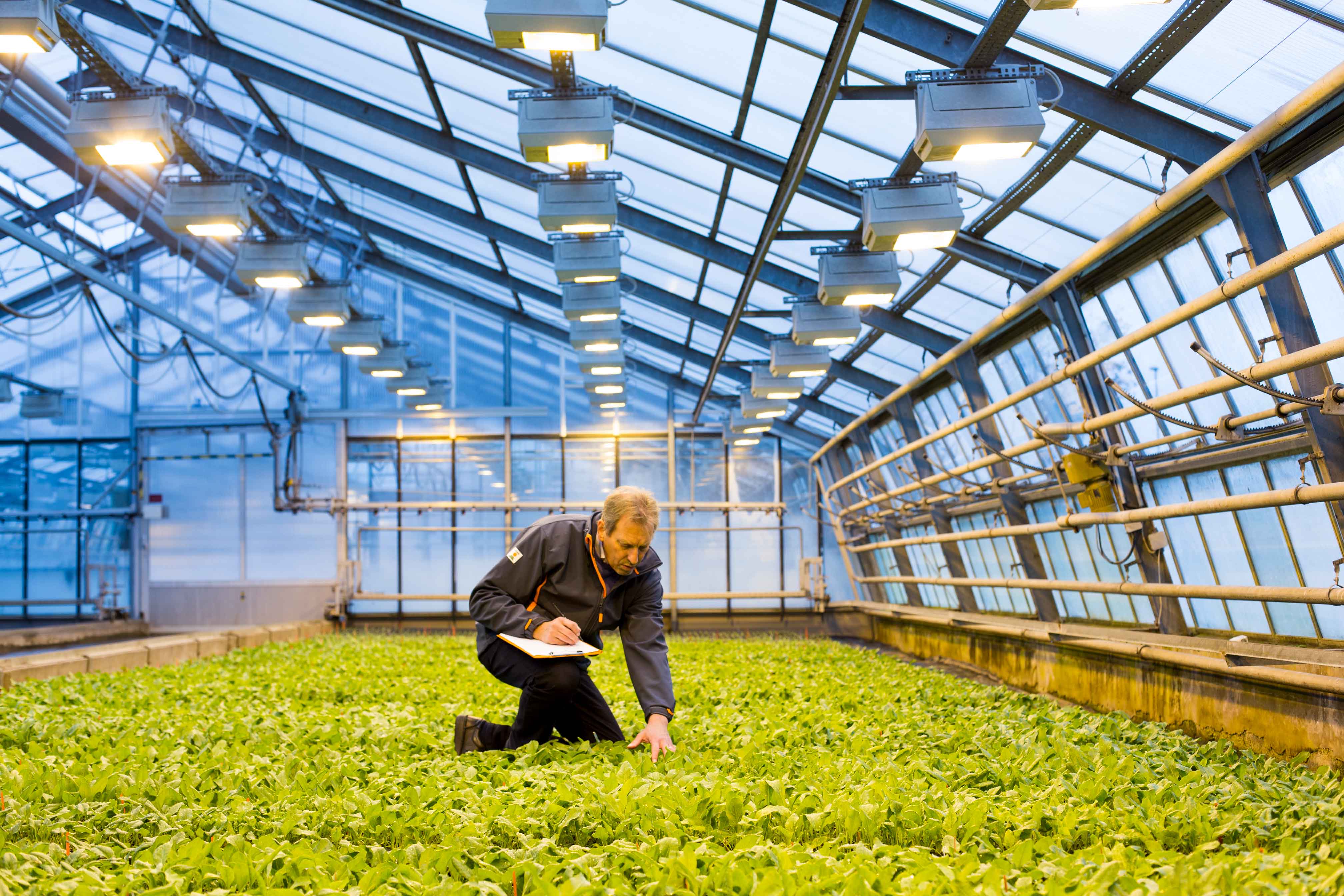I always thought that the corn plant would really suffer if I planted beans under it,” says Friedrich-Wilhelm Klopp, a farmer in the Gifhorn district. But his doubts about mixed cultivation have proven to be unfounded. In strolling through his densely covered field, he finds fully formed corncobs. Land planted with corn alone produces a rank-and-file formation of stalks, but Klopp's corn-bean field resembles a jungle of intertwining plants – in part because the stable corn stalks support the winding, climbing beans.
Klopp has an agricultural and forestry operation with piglet and pork production. He also holds shares in a biogas plant. Starting this year, he has been testing how corn and runner beans work together. But the concept isn‘t a new one. Just the opposite, in fact: Farmers in Central and South America have cultivated their fields this way for more than 2000 years. Since then, corn has flourished “together with other plants such as beans, squash and Andean lupin,” explains former KWS corn breeder Walter Schmidt. “Through a number of trials, we have brought the system to its current status and can now offer a practical solution.”

